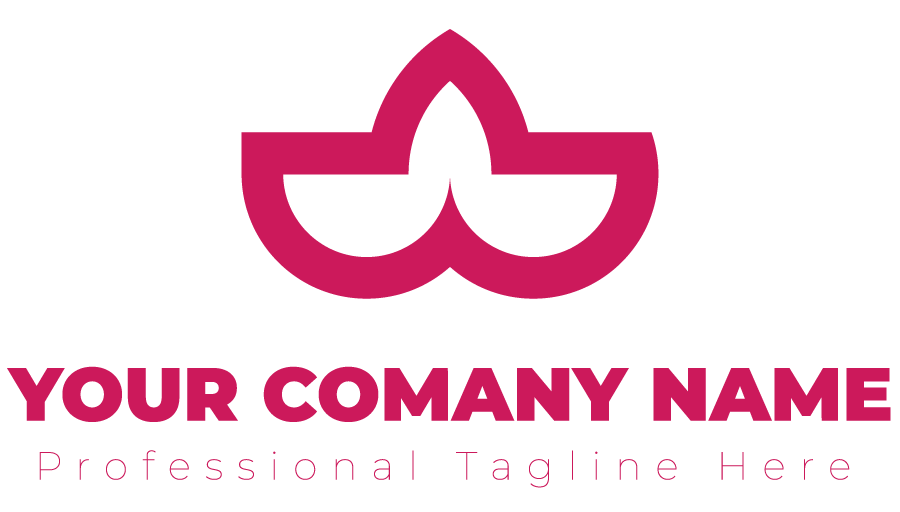Understanding Digitization: A Primer
Digitization refers to the process of converting analog information into a digital format. This transformation extends beyond traditional media, encompassing various aspects of our daily lives, industries, and services. As society increasingly adopts technology, the shift from analog to digital has profound implications for efficiency, accessibility, and data integration. The advent of digitization allows for the more effective management of information and resources, making everyday processes significantly more streamlined.
The transition to a digital landscape is exemplified by simple applications that empower both individuals and businesses. For instance, small startups are embracing digital invoicing systems, which enable them to manage transactions with minimal physical paperwork. This not only reduces costs associated with printing and mailing invoices, but it also accelerates payment cycles and enhances financial oversight. Such tools exemplify how businesses can leverage digital solutions to optimize their operations and foster growth.
Furthermore, digitization affects personal life management as well. Families are utilizing applications to handle household tasks, from scheduling chores to managing budgets. These digital solutions promote collaboration among family members, ensuring that responsibilities are clearly defined and tasks are efficiently executed. By using technology to organize schedules and share information, individuals experience increased convenience and control over their daily activities.
As concrete examples illustrate, the benefits of digitization are extensive. Organizations and individuals no longer need to rely solely on traditional methods; instead, they can adopt simple and effective digital tools tailored to their needs. Consequently, digitization has reshaped our world by enhancing processes and providing greater access to information. The relevance of these simple innovations cannot be overstated, as they lay the groundwork for a more connected and efficient future.
Simple Tools and Strategies for Effective Digitization
In today’s fast-paced digital landscape, embracing technology can significantly enhance efficiency and organization in both personal and professional spheres. There are numerous user-friendly tools and strategies available for effective digitization that cater to individuals with varying levels of technical expertise. One foundational aspect of this process is the digitization of documents. Scanning applications such as Adobe Scan or CamScanner allow users to easily convert physical documents into high-quality digital formats. These scanning apps often include features like Optical Character Recognition (OCR), enabling users to edit and search for text within scanned documents, thus streamlining document management.
Another critical area where digitization is beneficial is personal finance management. Budgeting tools such as Mint or YNAB (You Need A Budget) empower users to gain better control over their financial situations. These platforms offer a range of functionalities, from tracking expenses to setting savings goals, making it easier for individuals to analyze their spending habits and plan for the future. Furthermore, by utilizing features like automatic bank synchronization, users can efficiently monitor their accounts without meticulous manual entry.
Enhancing communication and collaboration is essential in today’s interconnected world. Platforms like Slack or Microsoft Teams facilitate effective interaction among team members, allowing for real-time messaging, file sharing, and project management. These collaboration tools minimize the chaos of email threads and promote a structured approach to team communication.
Lastly, preserving memories through digital photo storage solutions, such as Google Photos or Dropbox, ensures that cherished moments remain accessible and secure. These platforms offer ample storage space and robust organizational features, making it simple to categorize and retrieve photos when needed.
When selecting the right tools for individual needs, it is essential to consider factors such as ease of use, scalability, and the specific tasks to be accomplished. By taking small, actionable steps towards digitization, individuals can create a more organized, efficient, and enjoyable digital environment.

